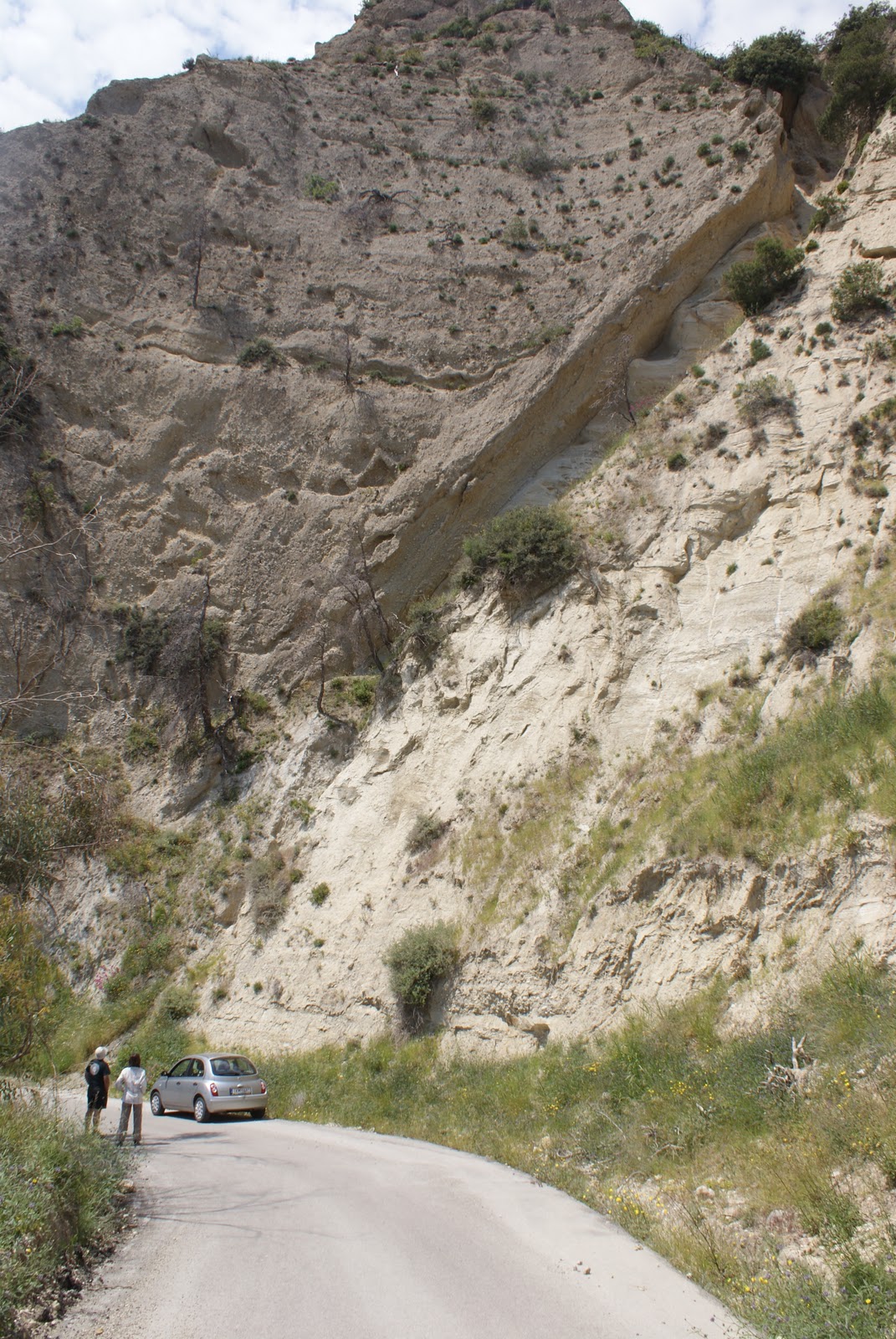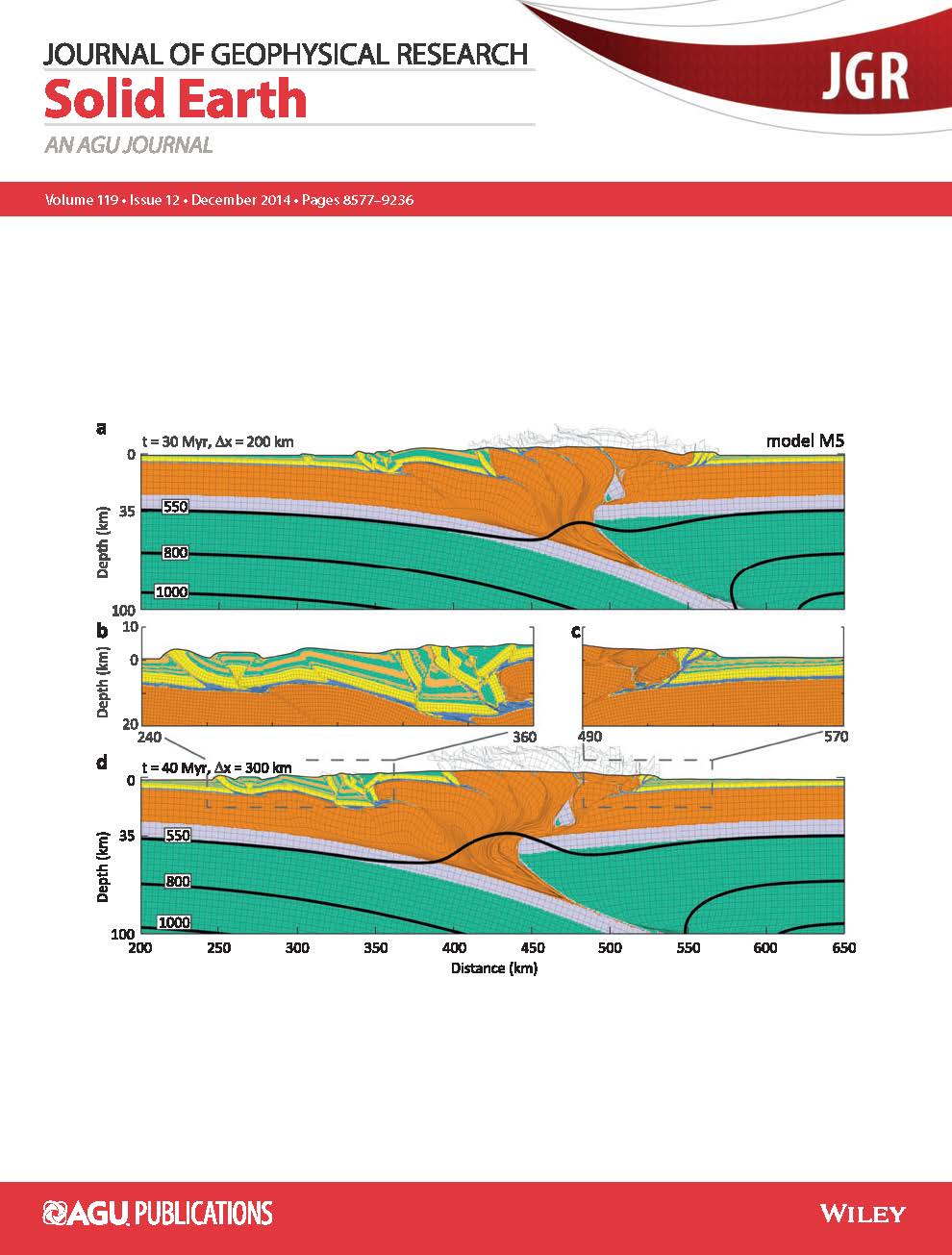It’s I’m a Geoscientist week! Or more exactly: weeks. From March 9 until March 20, the EGU supports I’m a Geoscientist to help students engage with scientists about real science. The Energy, Resources and Environment Division of the European Geosciences Union encompasses a broad range of different ERE-related topics, from surface to subsurface, spanning all aspects of geosciences. In order to demonstrate how broad the Division actually is, and what you can do as a geoscientist to be involved with energy, resources or the environment, we asked the members of the ERE committee to introduce themselves and explain how their day-to-day work relates back to ERE.
We will end our trip past the members of the ERE committee with our Young Scientist Representative Sian Loveless. She mainly works on bringing together ERE and you (yes, you my dear YSs!).
***
 At my first EGU GA (General Assembly) in 2011 I took the opportunity to visit a number of Energy Resources and Environment (ERE) sessions, though they were not directly related to my PhD research. Topics within the Division of ERE tend to be of interest to academics, industry, policy-makers and the wider community as they have clear societal impacts and are therefore often rather accessible. In addition, shifts in ERE “hot topics” can occur year to year as contributors respond to evolutions in society. As an example, at the 2011 GA two presentations concerned Shale Gas; three years on, in 2014, the terminology evolved to Unconventional Hydrocarbons (to include other novel resources) and there were now a number of popular dedicated sessions.
At my first EGU GA (General Assembly) in 2011 I took the opportunity to visit a number of Energy Resources and Environment (ERE) sessions, though they were not directly related to my PhD research. Topics within the Division of ERE tend to be of interest to academics, industry, policy-makers and the wider community as they have clear societal impacts and are therefore often rather accessible. In addition, shifts in ERE “hot topics” can occur year to year as contributors respond to evolutions in society. As an example, at the 2011 GA two presentations concerned Shale Gas; three years on, in 2014, the terminology evolved to Unconventional Hydrocarbons (to include other novel resources) and there were now a number of popular dedicated sessions.
It was the relevance of the ERE talks that attracted my attention, in particular those presenting case studies in the more novel fields of CCS (Carbon, Capture and Storage) and Geothermal Energy. Suitably impressed by these I moved to Belgium to work in Research and Development of Geothermal Energy for a technology research institute. I recommend a visit to ERE sessions to other curious researchers from across the EGU Divisions and in particular Young Scientists seeking pathways for their research.
I now spend part of my time on “strategic” or more fundamental research and part on defined geothermal feasibility and development projects. This can be a peculiar locus; trying to marry-up sophisticated in-depth research with practical challenges. A major challenge in Geothermal Energy assessment is identifying the nature of geological fault zones. Faults (and associated fractures) can be very permeable to fluids (conduits) and thus a prime target for geothermal energy, or conversely very impermeable (barriers) and should be avoided. Faults thus have significant impacts on the viability of a geothermal project. There is a marked disparity between the scale at which this problem is and can be considered. Fault permeability depends on a wide range of parameters and may vary between the two extremes even along the same fault. Rightly, much academic research is devoted to understanding these intricacies. However there is generally limited data available at depth which requires that generalisations and assumptions must be made about the nature of the fault permeability to allow progress. I see ERE sessions at the EGU GA as a tool to bring together industry and academics to present and discuss these different perspectives.

Fault in Central Greece showing highly permeability down-thrown gravel beds in the hangingwall juxtaposed against low permeability marl beds in the footwall. Juxtaposition of sediment/rock with different hydraulic properties is one of the main ways in which faults can impact subsurface fluid flow.
Another potential function of ERE sessions is to be a platform for two-way interaction with policy-makers. Policy decisions have a critical impact on the realisation of Geothermal Energy and other green/sustainable technologies, remaining a major barrier to its adoption in many countries. As a first step we have introduced the session “ERE in Policy” to the 2015 programme in which we hope that knowledge in policy theory and practice can be efficiently and openly shared across industry, academia, research institutes, across country borders and disciplines.
As the Young Scientist Representative of the ERE Division I am interested in promoting involvement for all Young Scientists so please contact me (sian.loveless@gmail.com) with any feedback. In particular please consider submitting a blog-post related to ERE – topics can be varied, from your own research to news articles and interesting conferences that you have attended – we’d love to hear from you!

